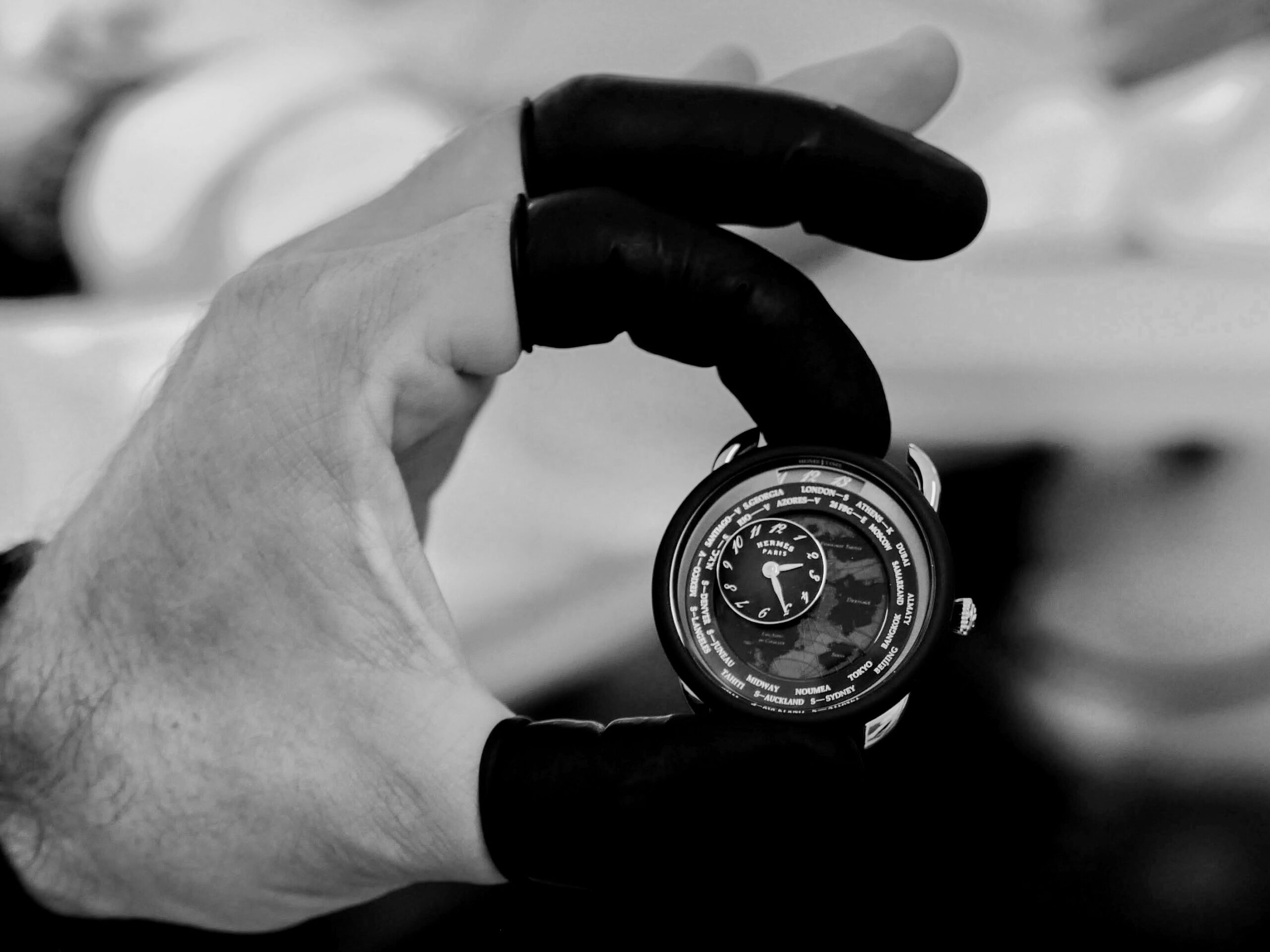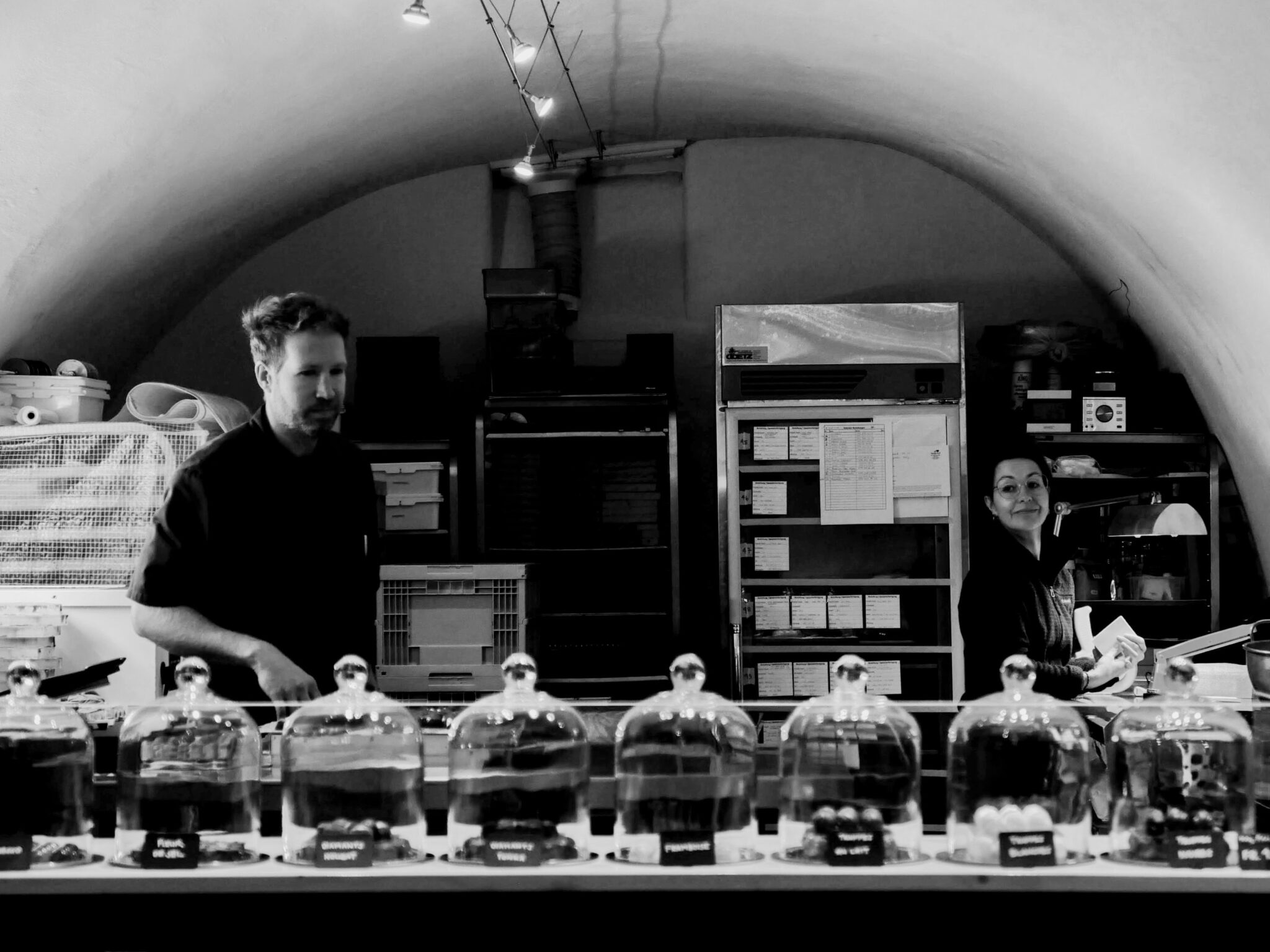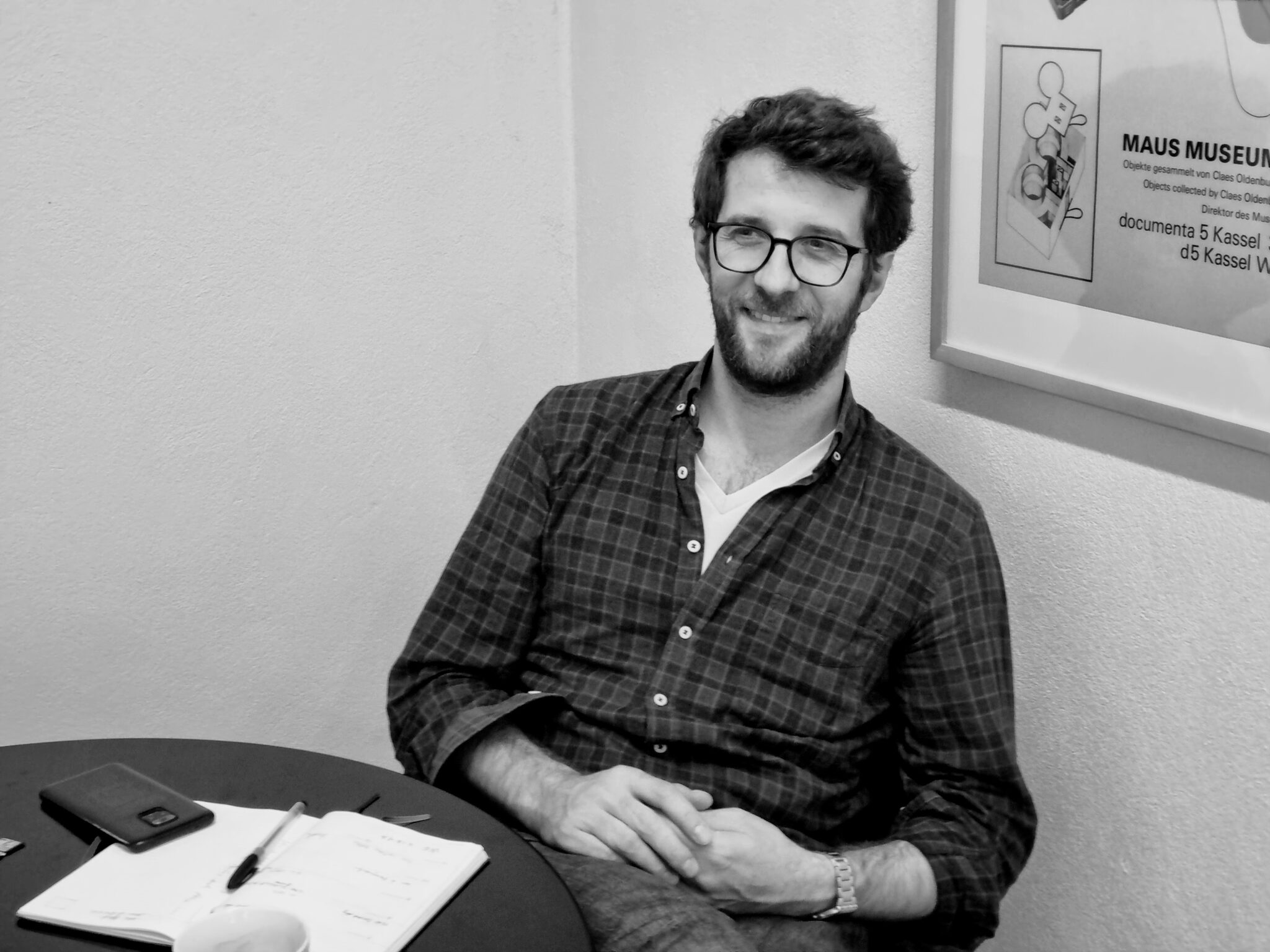
I generally learn a lot when I interview people for this blog. Sometimes, I learn even more than usual. My conversation with Paul Bernard is definitely among those instances. His perspectives on how contemporary art ties into the world of industrial watchmaking as we know it in Bienne were quite revealing to me. I hope you’ll enjoy reading about them as much as I did listening.
Paul Bernard took charge of the Kunsthaus Pasquart, Bienne’s contemporary art museum, exactly 1 year ago. He has brought a clear wind of change to the institution and will soon be revealing its new name and visual identity. Before coming to Bienne, Paul Bernard was the curator of Geneva’s contemporary art museum, MAMCO. He has also conceived various exhibits as an independent commissioner, such as at the Centre Pompidou in Paris, regularly lectures in fine arts schools and is a member of several acquisition commissions in France and Switzerland.
Before coming to Bienne, what was your relationship to watches?
I spent 10 years in Geneva before coming to Bienne, so I got some exposure to watches there. It’s not something I had in my cultural environment growing up. I come from the Southwest of France, where it’s more about wine. Watches, for me, were among the main clichés about Switzerland.
When I started in Geneva, I thought I should get a watch. I chose a Mondaine, with its CFF ramifications and a design I like a lot. Many artists have designed watches and for a while I had the fantasy of acquiring the one designed by Alighiero Boetti – but it was clearly out of my price range! Eventually, the Mondaine broke. I was given a Casio, but when I came to Bienne I realized there were more suitable options! (Editor’s note: Paul Bernard was wearing a Swatch when we met!)
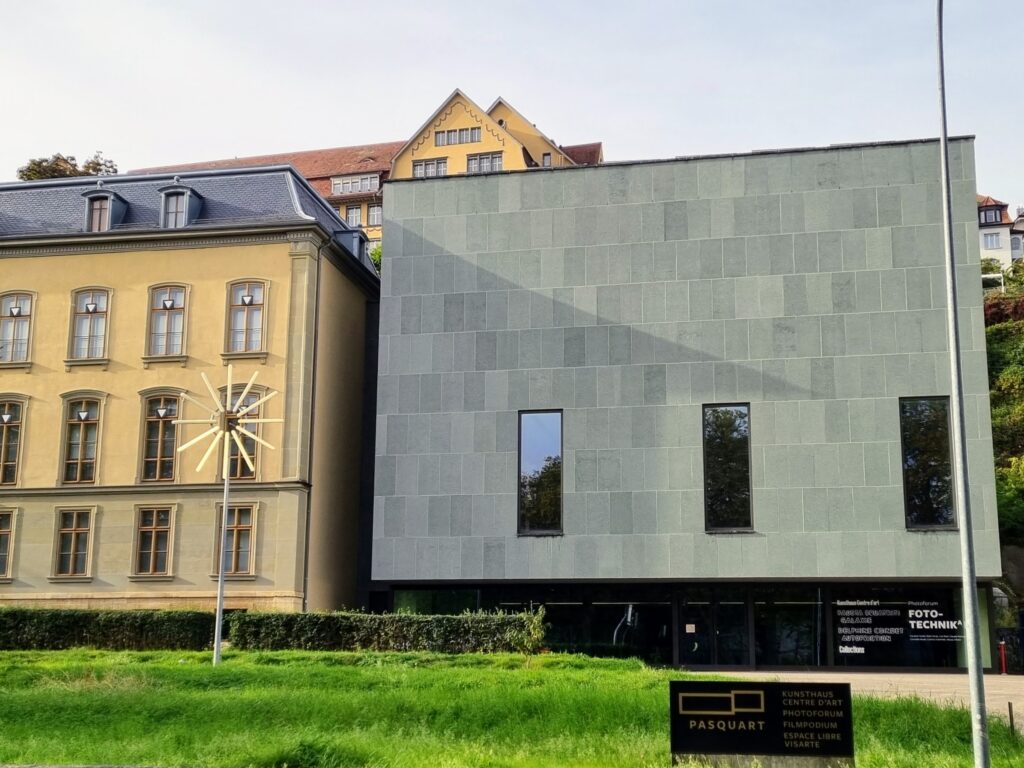
How did you discover Bienne’s role in the world of watchmaking? Were you aware of it before coming here?
I have a friend in La Chaux-de-Fonds. He had told me about the importance of his city in the world of watchmaking but also quickly came to mention Bienne. He explained how Bienne managed to attract the watch industry back in the days, through various incentives to owners and workers.
And then, when I first took on my role at the Pasquart, I was lucky enough to live in a house with the journalist Vincent Donzé, from Le Matin. Every evening, over the apéritif, he would talk to me about watchmaking in the region. He shared his deep knowledge, from the Hayek senior era to today. He told me about the quartz crisis, about Swatch’s early marketing strategies. Fascinating!
What, if anything, has changed in your perception of watchmaking since you’ve been here?
I come from Bordeaux. Our heritage is of course very much about wine. From the outside, very good wine is perceived as a luxury good. But when you grow up surrounded by it, you don’t see it in the same way. We all did harvests to earn some money in our youths. When you live there, you see the actual work behind the product, and the workers doing it.
I mention this because of the parallel with watchmaking in Bienne. Luxury watches are perceived differently here, from the inside. The watch industrial heritage is something I think many people are, understandably, attached to and proud of.
This makes me think of the very first museums in Europe. They were “cabinets of curiosities,” merging elements from art, engineering and nature. You could see some beautiful coral, for instance, presented alongside a watch movement.
The French philosopher Gilbert Simondon wrote a great book called On the Mode of Existence and Technical Objects. It is about how to perceive a machine beyond its technical utility, to focus on how it reveals something human in how it’s made. Watches are in many ways a paradigm of this concept.
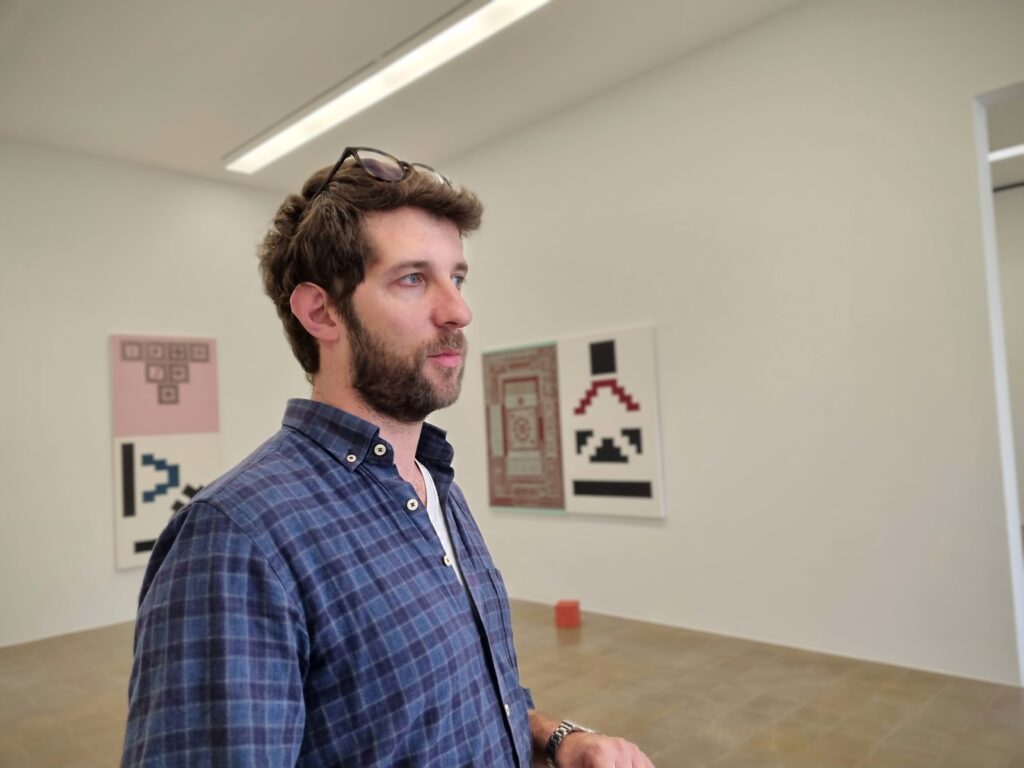
Bienne is very much about watchmaking and more generally the precision industry. How do you see this relate to the local art scene?
The general connection between watchmaking and art is seen in many ways. Swatch, for instance, is one of the main sponsors of the Venice Biennale.
What I find particularly interesting in watchmaking is how it is a platform for innovation in a very restrained way: it must tell time and function. And yet within that, it seems the possibilities are endless.
Think of Max Bill and the concrete art movement in general. The rules are very rigid: it’s within those constraints that you can express yourself freely. In the Bienne watch industry, rigor and creativity constantly cohabit and reinforce each other.
What other connections do you see?
The notion of time, of course, has interested so many artists. Watches, like art, are a reflection of our condition as mere mortals.
Many artists made clocks. To name another Swiss artist, Gianni Motti’s “Big Crunch Clock” comes to mind. It’s a countdown to how long is left before the Sun explodes.
Félix Gonzàlez-Torres is another one. His “Untitled” (Perfect Lovers) side-by-side clocks are a representation of human life: the 2 clocks, despite being identical and initially set at the exact same time, will end up with asymmetrical time-telling, and one will stop before the other. He created this after seeing his lover die of AIDS, before he did too.
Christian Marlcay’s The Clock, the Venice Golden Lion-awarded movie, also comes to mind. Only shown in very specific conditions, it is a true art installation. The movie shows snippets from films and television to keep real time over 24 hours. .
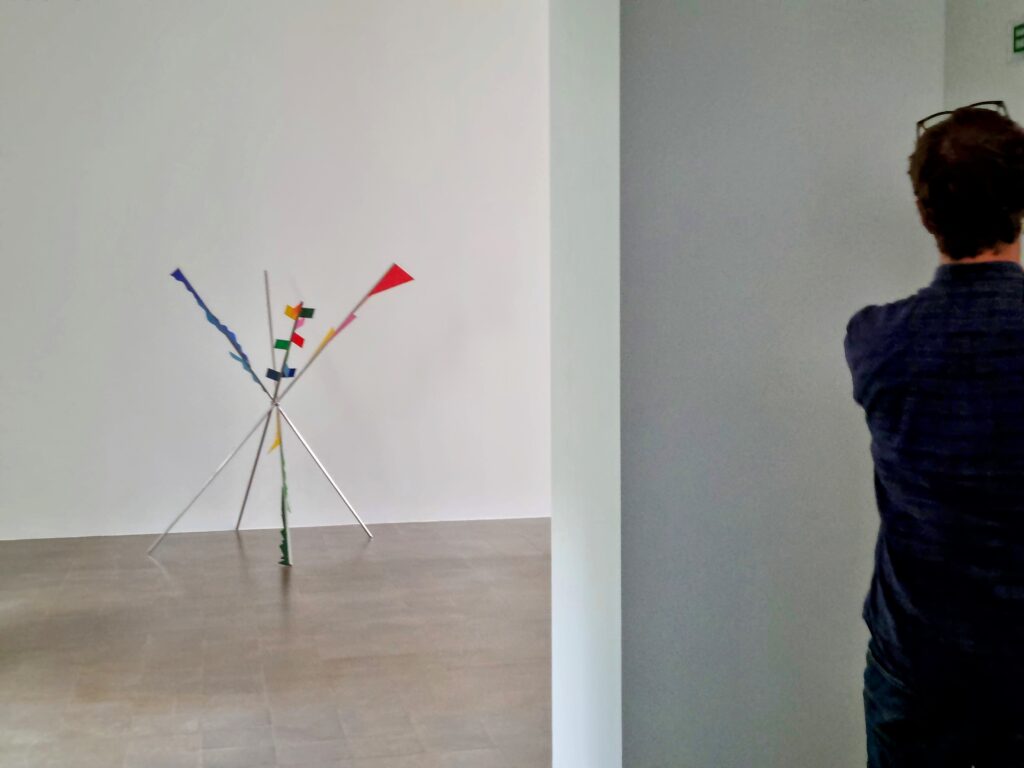
Watch brands are often among great donors and sponsors to art museums around the world. Yet, in the capital of watchmaking, it doesn’t yet seem to be the case. Will you try and change that?
I would, of course, like to collaborate with watch brands. We are working on re-energizing the Art center. A new name and a new logo are on their way. We may still be “suffering” from an image that no longer reflects what is truly happening here.
Actually, the new logo is a nod to watchmaking. We are very proud of this identity, along with bilingualism, the other key pillar we are bringing forward. I look forward to being able to share all of this soon.


